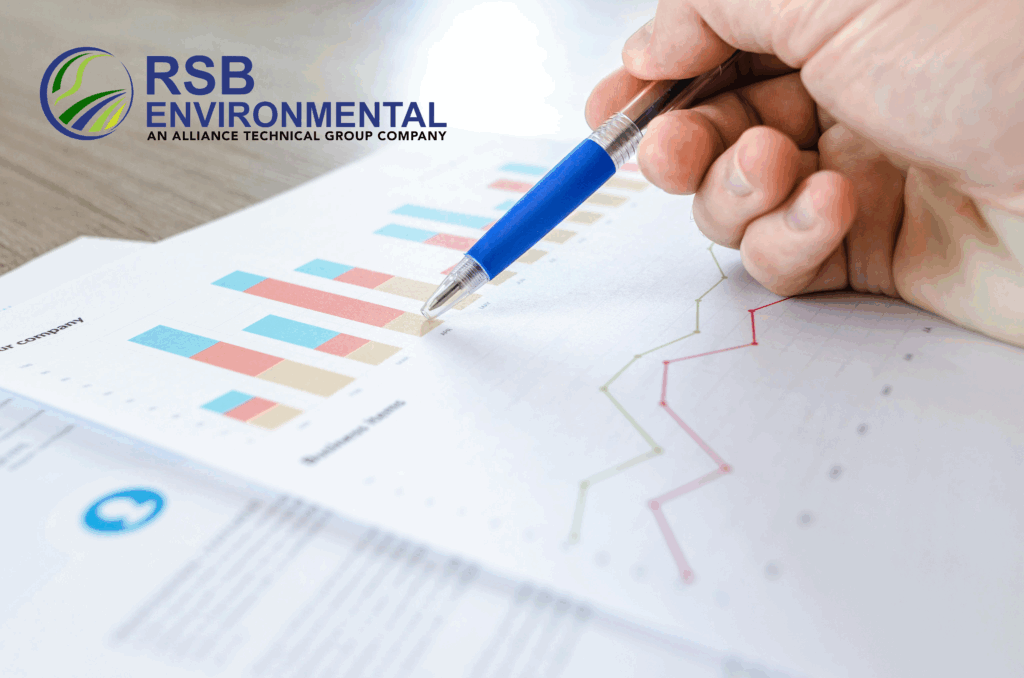How Phase 1 ESA Data Support Future Developments
For land acquisition analysts and other real estate professionals, evaluating a property’s environmental condition is a critical part of the due diligence process. A well-conducted Phase 1 Environmental Site Assessment (ESA) does far more than check a box—it provides crucial data that informs design, planning, budgeting, and even investor or lender decisions.
At the awareness stage, it’s important to understand that the value of Phase 1 ESA data extends well beyond identifying immediate environmental concerns. It is a powerful tool that can shape the success of future projects, improve stakeholder confidence, and reduce risks from unknown issues related to the subject property and surrounding sites.
Why Phase 1 ESA Data Matters for Future Development
✅ 1. Supports Better Site Design and Use of Place
Phase 1 ESA findings offer insight into the presence or past release of hazardous substances at a given location. If a review of historical records and site inspection reveals that certain parts of the subject property were used for industrial purposes, developers can plan to avoid those zones or integrate protective measures.
Example: Professionals designing a mixed-use complex may use ESA data to reposition high-traffic amenities away from previously contaminated areas—saving time and compliance costs.
✅ 2. Guides Early Remediation and Risk Management
When the ESA identifies Recognized Environmental Conditions (RECs), the data helps guide early decision-making for cleanup strategies and permits. Planning ahead for remediation can avoid costly delays during construction and ensure the project complies with applicable agencies and their environmental standards.
Example: If there’s a concern about a historic underground storage tank, addressing it before breaking ground prevents delays and additional permitting hurdles.
✅ 3. Strengthens Investor and Agency Confidence
Clear, professional ESA reports backed by credible sources such as government databases and previous environmental assessments build trust with investors, banks, and environmental agencies. A clean report—or one with clearly defined mitigation steps—shows that the project is low-risk and well-managed.
Example: A Phase 1 ESA showing no significant issues with the subject property can help secure financing more quickly and with better terms.
✅ 4. Helps Identify and Address Data Gaps Early
A detailed ESA may also highlight data gaps—missing information from past records or unclear site histories. By identifying these early, professionals can either investigate further or plan around the uncertainty. This helps define the scope of the project more precisely and ensures no surprises mid-construction.
Example: An incomplete environmental review from the 1990s may miss more recent contamination nearby. The current ESA can flag this, prompting further practice such as a Phase 2 ESA.
✅ 5. Adds Value in Resale, Reporting, and Future Use
The documentation created through the ESA process becomes part of a long-term environmental record for the subject property. This is useful not just for current development but also for future projects, resale evaluations, and compliance reporting. A clean, well-documented site can increase property value and reassure future buyers.
What’s Included in Phase 1 ESA Data?
Phase 1 ESA reports are conducted by qualified environmental professionals following ASTM standards. They include:
- Aerial and topographic imagery of the place
- Past permits and land use data
- Interviews with current or past occupants
- Site inspection of visible substances or storage tanks
- Identification of data gaps, RECs, and other red flags
Frequently Asked Questions (FAQ)
-
What is the goal of a Phase 1 ESA?
To assess the subject property for potential contamination or presence of hazardous substances, ensuring informed decisions and regulatory compliance.
-
Who uses Phase 1 ESA data?
Land acquisition analysts, developers, investors, and regulatory agencies all use ESA data to determine the environmental condition and viability of a site.
-
What are data gaps, and why do they matter?
Data gaps are missing pieces of historical or regulatory information that may hinder a complete review. They must be identified and evaluated to ensure full scope understanding.
-
How do professionals use this data in project planning?
They use it to guide site design, identify potential remediation needs, and reduce the risk of unforeseen costs related to environmental concerns.
-
Is a Phase 1 ESA part of standard practice for land development?
Yes. It is considered a best practice and is often required by lenders and agencies as part of the due diligence process before purchasing or redeveloping a place.
Partner with RSB Environmental for Strategic ESA Solutions
At RSB Environmental, we help land acquisition professionals and development teams unlock the full potential of their Phase 1 ESA data. Our thorough assessments reveal risks, highlight opportunities, and support smarter property investment decisions.
👉 Contact us today at info@rsbenv.com to schedule a Phase 1 ESA or consult with our team about how environmental insights can transform your development projects.




